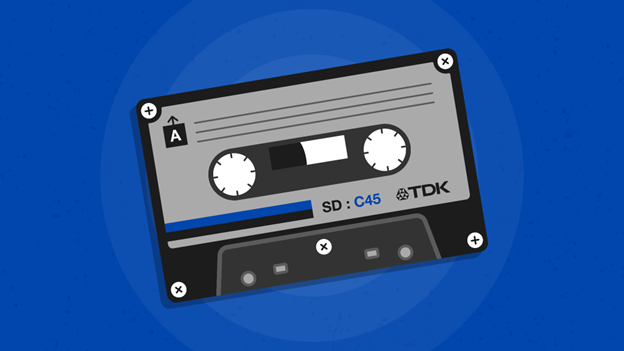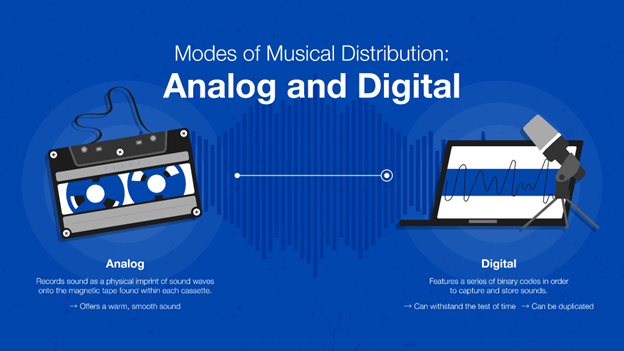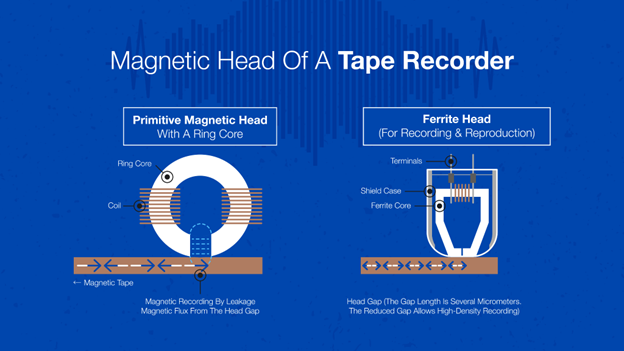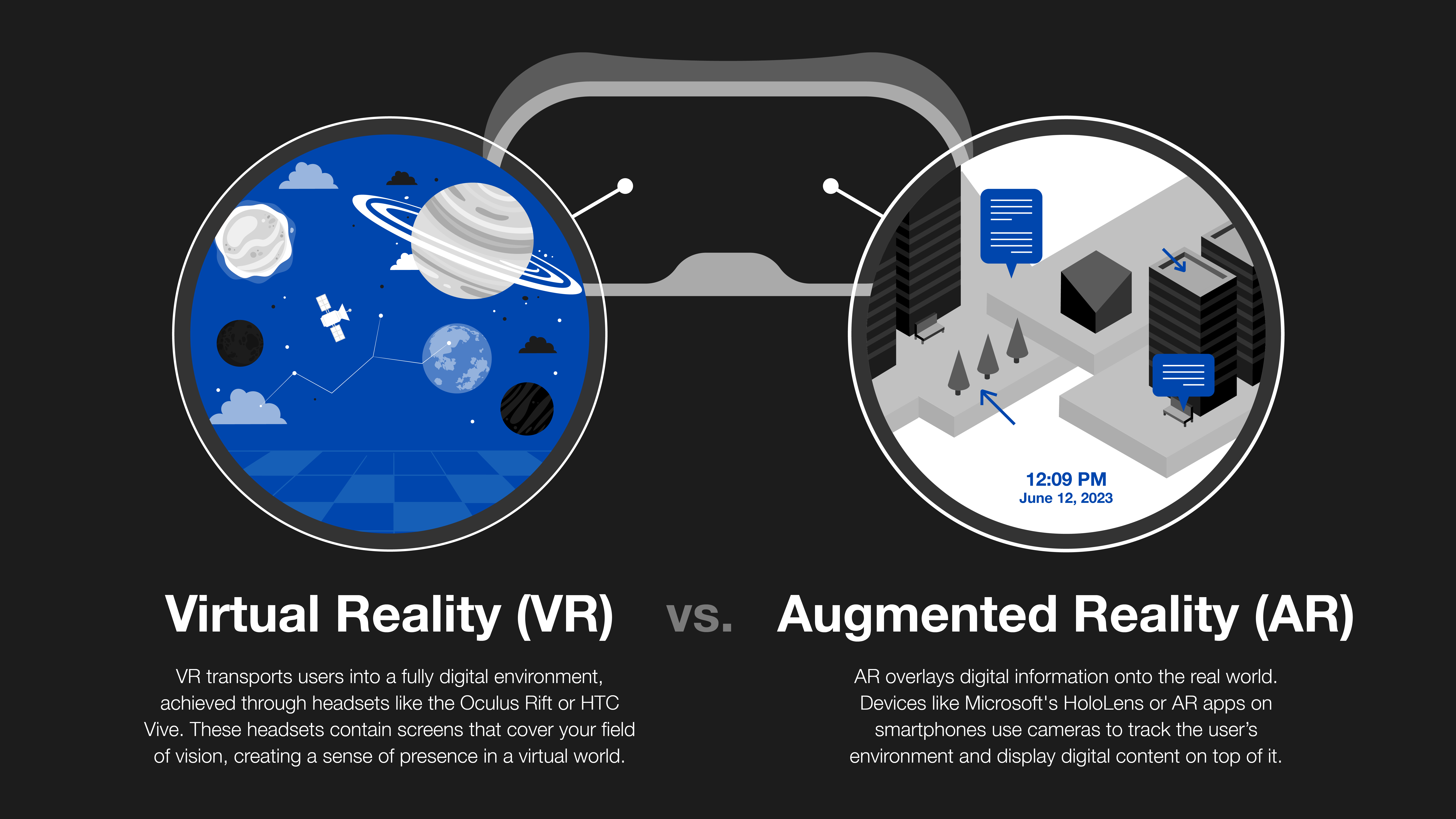Bridging the Past, Present, and Future of Tech
The Musical Revolution: From Cassette Tape to Digital

Technology is ever-changing, especially in the music scene. Few transitions have so dramatically impacted the way we interact with music as the shift from cassette tape to digital format. This shift totally transformed every way we engage with music - from listening habits and medium, to sound production and distribution channels. The intermix of theory and history tinged with innovation makes this transition a riveting tale of the ever-evolving technology in the world around us.
Modes of Musical Distribution: Analog and Digital

To get a better understanding of the evolution from cassette tape to digital formats, it’s important to understand how both modalities function.
Let’s start with cassette tapes, which are considered to be an analog format. Basically, analog format records sound as a physical imprint of sound waves onto the magnetic tape found within each cassette. Within each cassette lies a complex tape path, which guides the tape over precision-engineered heads. These heads interact with the magnetic particles on the tape, in turn translating sound waves into magnetic signals. As the magnetic tape glides over the playback head, tiny variations in the magnetic field create corresponding electrical impulses. These electrical impulses are then amplified to create the original sound wave. This intricate process, which is tangible in nature offers a warm, smooth sound that is much more like the original.
On the other hand, digital formats use a technology that features a series of binary codes in order to capture and store sounds. These binary codes consist of a series of 0s and 1s. The sound waves begin coursing through sensitive transducers, where they transform into electrical signals. Then these signals are sampled at regular intervals. Pulse Code Modulation (PCM) converts continuous audio signals into discrete digital representations. This recording process involves digitization to gain an accurate representation of sounds. The key advantage of music in digital formats is that they stand the test of time and duplication. Hence, the preference for digital formats.

A Historical Journey: From Compact Cassette to the Digital Age
The dawn of the music age as most of us know it, stems from the debut of Philips’ compact cassette tape in 1963, by 1968 the TDK’s music recording SD (Super Dynamic) cassette tape made its debut to sale in the USA to revolutionize the portability of audio. Cassette tapes just made sense at the time because they were compact, affordable, and easy to use. They remained the go-to medium for music consumption and distribution for several decades, and can still be seen in use today, albeit not en masse.
The digital age of music began in the mid to late 1980s with the advent of the Compact Disc (CD). Philips and Sony both launched the CD and ushered in the era of audio fidelity and durability. This medium was viewed as offering listeners a noise-free audio experience, which could endure the wear and tear of physical media, unlike cassette tapes. By the late 1990s, CD sales soared, outpacing sales of cassette tapes.
The start of the new millennium, along with the proliferation of the internet, spurred the success of digital music files and streaming technologies. The birth of MP3 players, smartphones, and streaming platforms like Apple Music, Spotify, and Sirius XM has led to easy access to music on a never-before-seen scale.
The Digital Era: The Essence of Innovation
TDK, a renowned manufacturer of electronic materials and components, originally began producing cassette tapes, followed by CDs as the music industry evolved. Always keeping sight of innovation, they have continued their trek in the music scene by focusing on cutting-edge technology solutions in sound, for wireless earphones and headphones.
Wireless earphones and headphones have taken over the audio landscape, for everything from chatting on the phone to listening to music on the go. The primary advantage of these wireless devices is that the user does not have to deal with the hassle of wires.
Taking wireless earphones and headphones to the next level in noise suppression and providing superior sound quality, TDK’s AVRF series of notch fillers provides built-in ESD protection. The notch filter component blocks signals at specific frequencies, thus removing noise from other wireless communication devices, contributing to a superior sound quality.
The big players in the sound industry like Philips, Sony, and TDK were internationally recognized for producing high-quality cassette tapes at the height of the cassette tape revolution. With the digital explosion, they forged on with innovative efforts with CD, MP3s, and streaming modes. Fast forward to today, and they are still at the forefront of technological innovation producing components such as sensors, power supplies, wireless modalities, and more.
Overall, the transition from cassette tapes to digital format is a reminder that in order for technology to evolve it takes adaptation and reinvention from all parties involved - corporations, the music industry, distributors, and listeners alike.
TDK is a comprehensive electronic components manufacturer leading the world in magnetic technology





